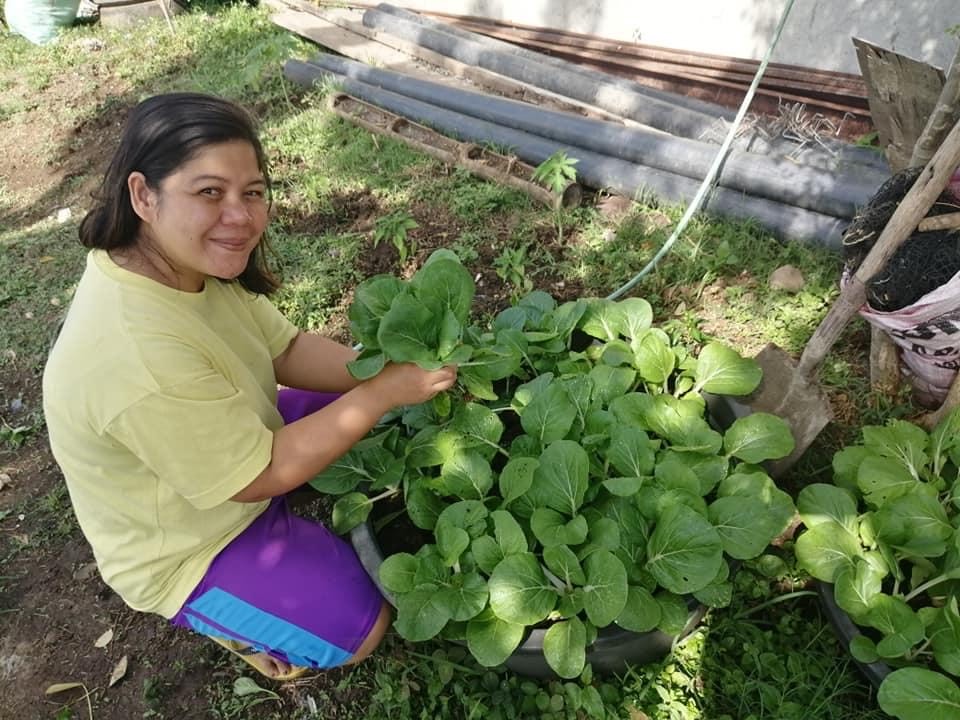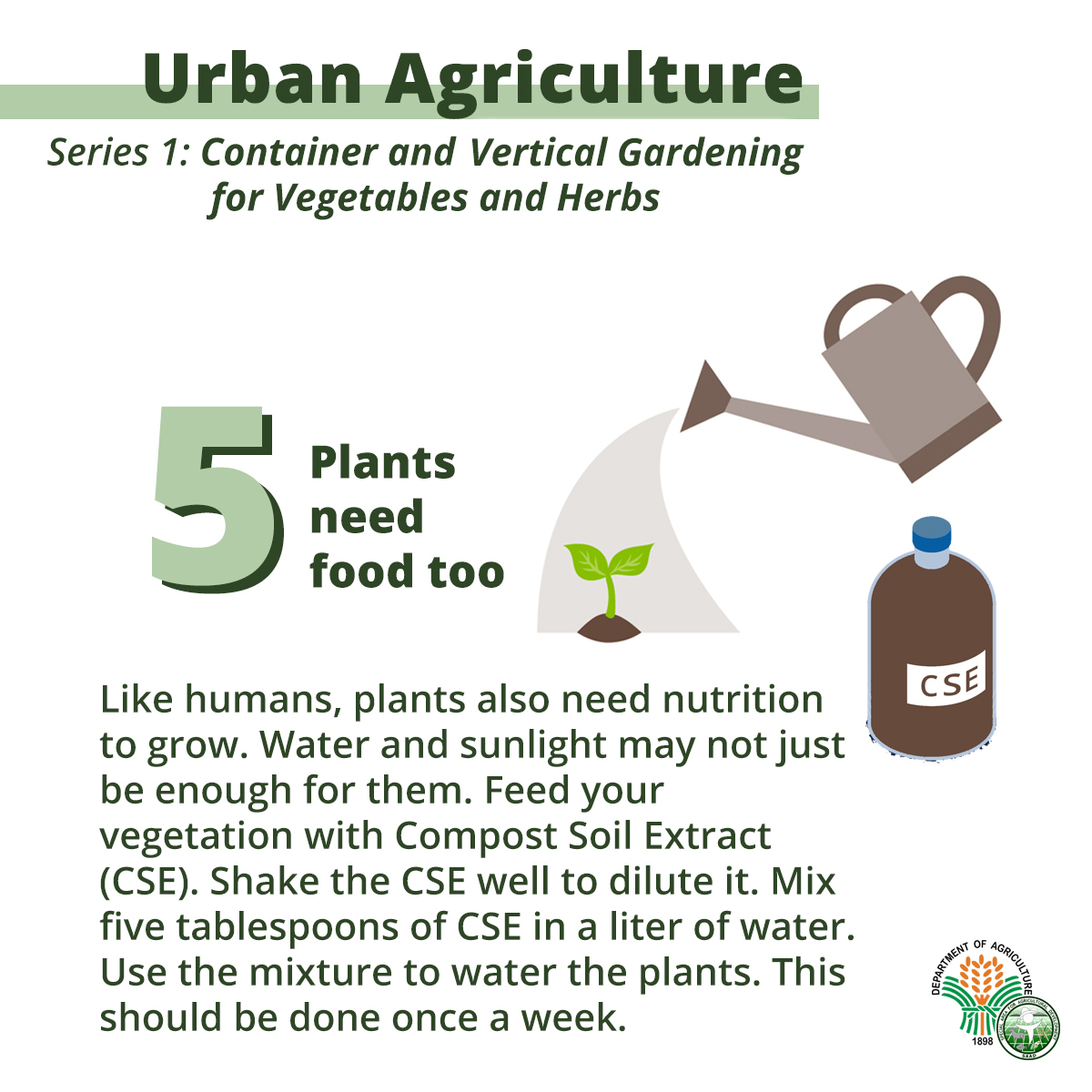PART 1: Container and Vertical Gardening for Vegetables and Herbs
Living situation in urban areas, such as Metro Manila, Baguio City, and Cebu, is becoming more and more difficult because of the influx of people in search of livelihood opportunities. This in turn results in the scramble for space either legally or illegally for household structure as well as for food production.
The continuous flow of people in the cities necessitates a form of intervention that will allow households to cope not just with shelter but most importantly for food. It has been proven that in times of food crisis, such as the CoViD-19 pandemic, urban dwellers will have to explore coping strategies to buffer the situation for food availability and accessibility. That is when urban or home gardening can be done. According to Nazarea et. al. (2003), Intensive cultivation in a small space provides not only food on the table but also some cash because of the diverse production strategy in home gardens.
There are varied ways of producing food in urban areas. It is a form of farming using recycled containers. This could be done in any available space provided there is sunlight and air. Urban gardening often means growing food on rooftops, balconies, alleyways, sidewalks, or areas with spaces to put garden beds with. The problem is, not everyone has a backyard, roof, or balcony. We can overcome this by considering container gardening and vertical gardening. Container gardening involves growing plants in smaller containers, pots, or other vessels. You can be resourceful or creative by upcycling containers, such as crates, old toys, or paint cans. On the other hand, vertical gardening involves growing plants up a wall, or other vertical areas to maximize the use of space.
The government has recognized and supported urban gardening since 2016. The Department of Agriculture already implemented “Garden in the Sidewalk” and “Gulay sa Likod Bahay” programs. Through these, the Agricultural Training Institute (ATI) and the Bureau of Plant Industry (BPI) extended support to the informal settlers, including other urban families who would like to participate in the program.
In 2020, Agriculture Secretary William D. Dar once again emphasized the importance of urban agriculture through the Plant, Plant, Plant Program as a lot of Filipino families struggle for food accessibility because of the imposed Enhanced Community Quarantine in Luzon due to CoViD-19.
In Metro Manila, the DA through the Bureau of Plant Industry (BPI) with office address at 692 San Andres St., Malate and at Visayas Avenue, Diliman, Quezon City; and the Agricultural Training Institute (ATI) at Elliptical Road, Quezon City are distributing seeds and seedlings from Monday to Friday, 8 am to 5 pm.
In other provinces, seeds and seedlings are available at the DA Regional Field Offices and local government units’ city or municipal agricultural offices.
Let’s start growing our food. Just remember these five rules!
In our next Urban Agriculture Series, we’ll teach you a) poultry and livestock keeping in the city, b) container aquaculture for tilapia and hito, c) hydroponics and aquaponics, and d) growing legumes, root crops, and young corn at home. ###
Writers:
Myer Mula, SAAD Program Director
Jemiema Arro, SAAD Public Relations and Communications Officer
Reference:
Nazarea VP, Piniero MC and Mula RP. 2003. Urban Gardens: Persistence and Change. Users Perspectives With Agricultural Research and Development (UPWARD), Los Baños, Laguna, Philippines. 54 pp.












Comments (0)